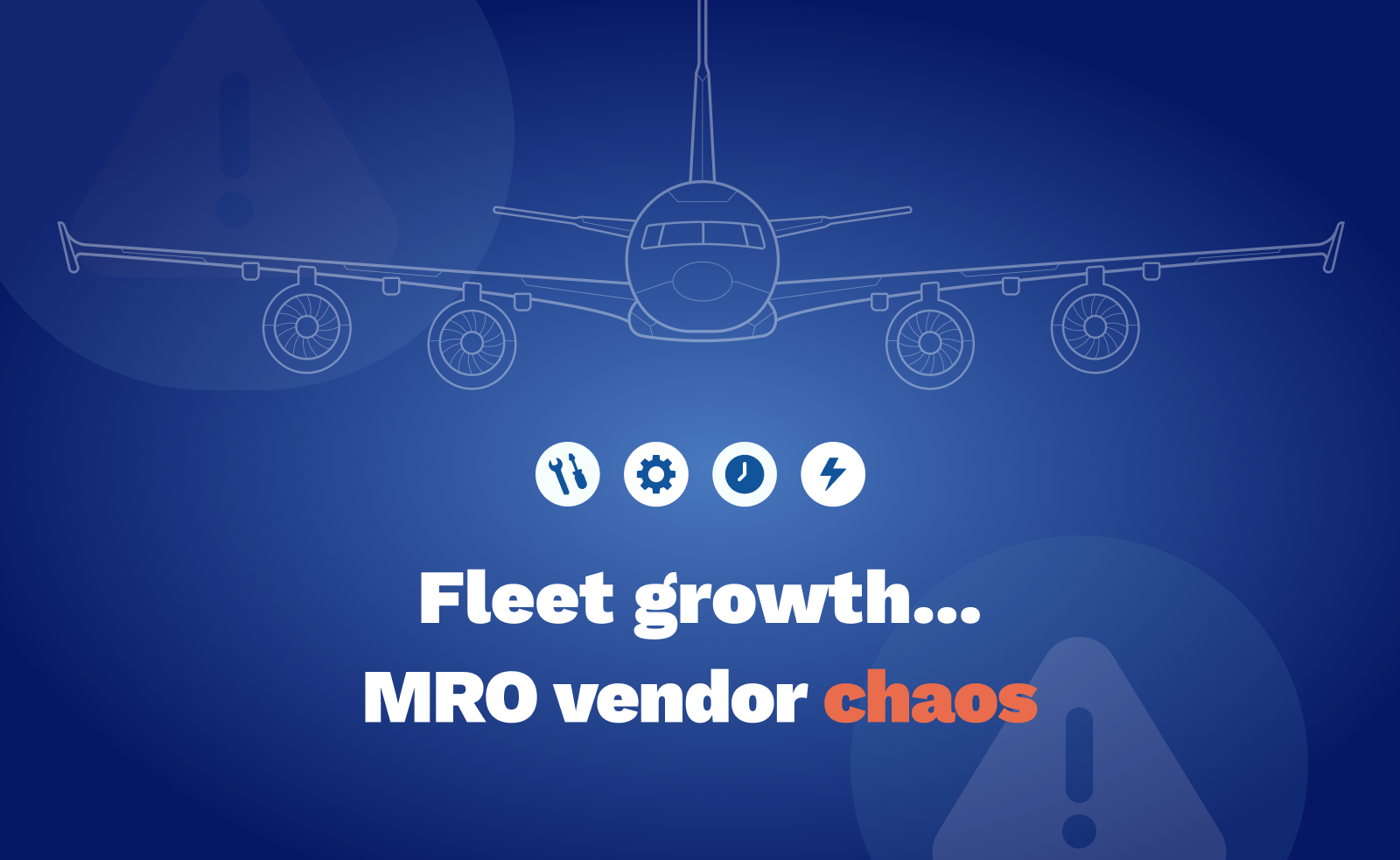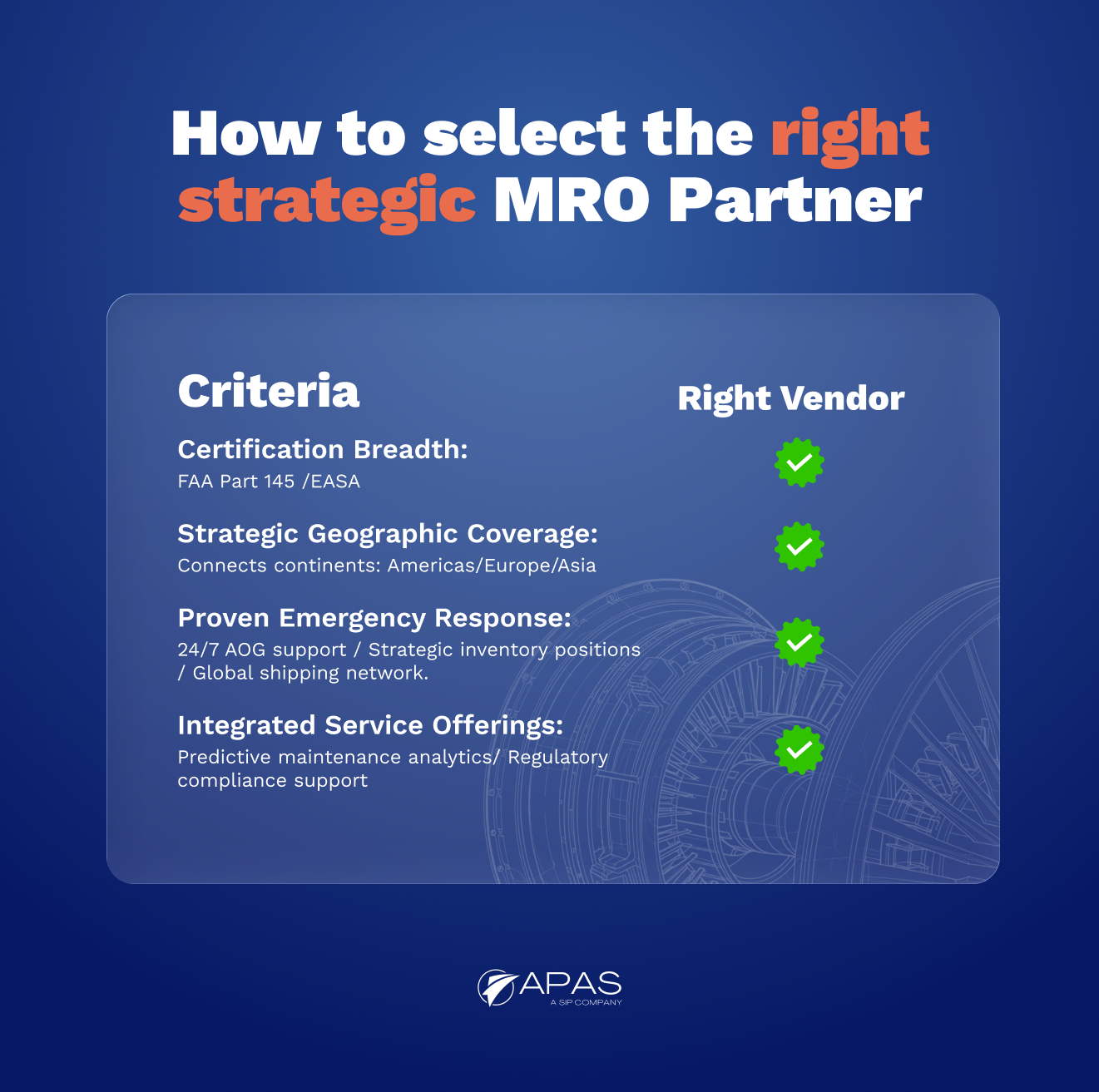
Learn how MRO vendor consolidation reduces AOG risk, speeds TAT, and lowers costs—plan fleets with the MRO ecosystem from day one.
When a major airline expanded its Boeing 737 MAX 8 fleet, the biggest challenge wasn't just acquiring aircraft—it was the explosion of MRO complexity in its fragmented vendor network. This common scenario reveals a critical flaw in traditional fleet planning: decisions are made in a vacuum, leaving maintenance operations to deal with the chaotic and costly aftermath.
This guide outlines how to shift your Aviation MRO Strategy from a reactive cost center to a proactive competitive advantage through smart MRO Vendor Consolidation.
Fleet expansion often prioritizes route economics and financing, but a fragmented vendor network quietly erodes profitability. For every new aircraft type added, the number of specialized suppliers can multiply, leading to significant inefficiencies.
Consider this: a single narrow-body aircraft has roughly 47 major component categories—from pneumatics to avionics—that require specialized MRO services. Without a consolidation strategy, operators can quickly find themselves managing dozens of individual vendor relationships, each with its own contracts, logistics, and communication channels.
How significant are these hidden MRO costs? According to Oliver Wyman's 2024 MRO Survey, material costs climbed by 8.3% in 2023, far outpacing pre-pandemic inflation. For Fleet Managers juggling numerous vendors, this pressure is amplified by:
Effective planning integrates MRO vendor optimization from day one. Instead of asking "What is the best aircraft?", the question becomes "What is the best aircraft and MRO ecosystem for our network?"
Investing in a structured vendor evaluation and MRO Vendor Consolidation process delivers measurable returns.

Select MRO partners for scale, speed, and proof—certification breadth, geographic depth, proven 24/7 AOG response, and integrated data/compliance.
By embedding MRO Vendor Consolidation into your earliest fleet planning decisions, you transform maintenance from a reactive necessity into a powerful operational advantage. The path forward begins with a comprehensive assessment of your vendor ecosystem before the new aircraft arrive.
Airlines planning fleet expansion with vendor consolidation strategies achieve superior MRO cost performance while maintaining enhanced operational reliability. For Fleet Managers evaluating expansion plans, the path forward involves comprehensive vendor capability assessment and strategic MRO partnership development before aircraft deliveries begin.
Looking to streamline your MRO vendor relationships and reduce fleet planning complexity? Contact our Aviation MRO Specialists for a comprehensive assessment of your current vendor ecosystem and customized consolidation strategies aligned with your fleet expansion plans.